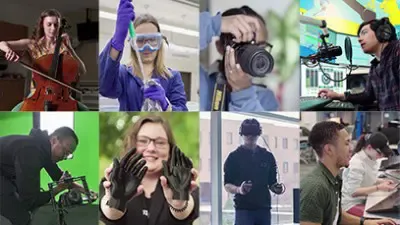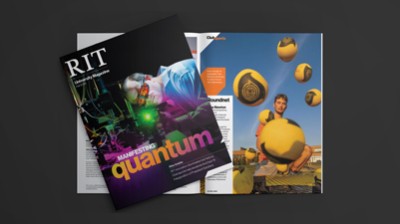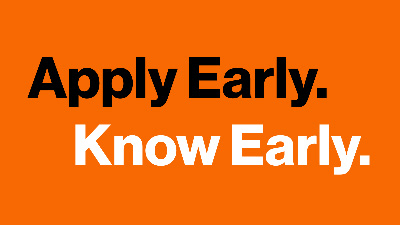Web Accessibility at RIT
Rochester Institute of Technology is committed to accessibility for all, both in person and online.
According to the Web Accessibility Initiative, web accessibility means that websites, tools, and technologies are designed and developed so that people with disabilities can use them. Types of disabilities can include visual, auditory, physical, speech, cognitive, language, learning, and neurological.
Web accessibility also benefits people without disabilities, including people using mobile phones, people with changing abilities due to ageing, people with “temporary disabilities” such as a broken arm, and people with “situational limitations” such as being in a loud environment.
To learn more about web accessibility and why it’s important, go to the Web Accessibility Initiative’s Introduction to Web Accessibility page.
Conformance status
The Web Content Accessibility Guidelines (WCAG) defines requirements for designers and developers to improve accessibility for people with disabilities. RIT aims to achieve conformance with WCAG 2.2 level AA.
Measures to support digital accessibility
RIT uses software to monitor our accessibility targets and to address issues. In addition, a full-time web integrity specialist works to stay abreast of accessibility updates, trends, and best practices as well as lead development and implementation of policies and procedures. University Web Services also offers training sessions and online resources for web developers and content editors across the university.
Web accessibility is part of RIT's overarching Web Standards, which identify and define the standards, guidelines, processes, and best practices associated with the design, development, hosting, maintenance, and stewardship of secure and on-brand websites supporting the strategic and tactical objectives of the university.
Web Accessibility Guidelines for Designers
Feedback
We welcome your feedback on the accessibility of RIT’s websites. Please let us know if you encounter accessibility barriers by emailing web@rit.edu.









